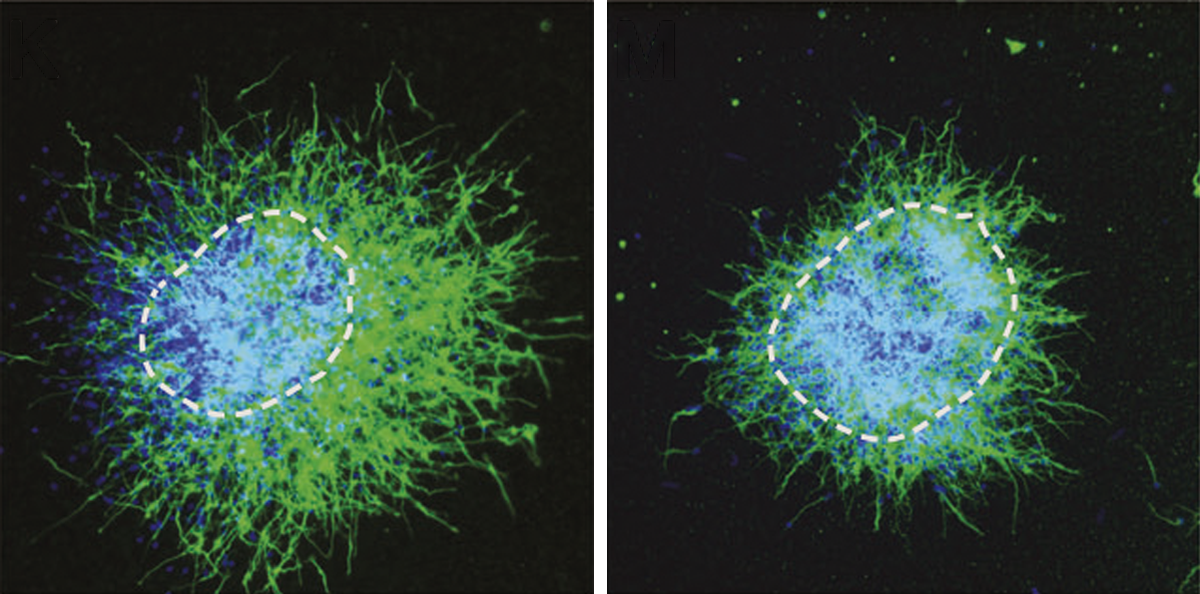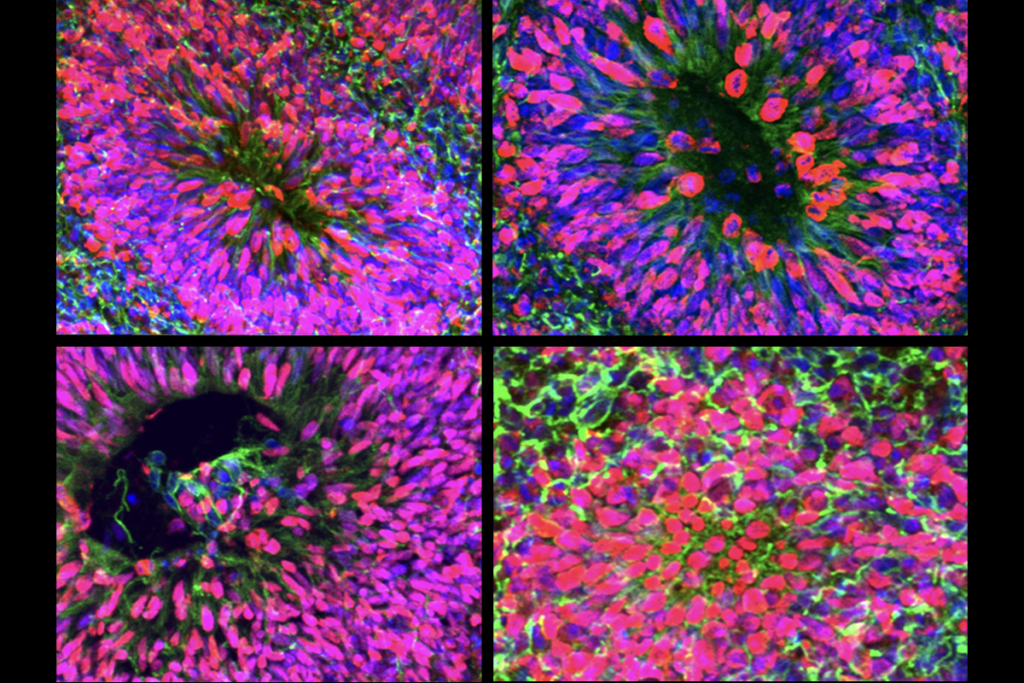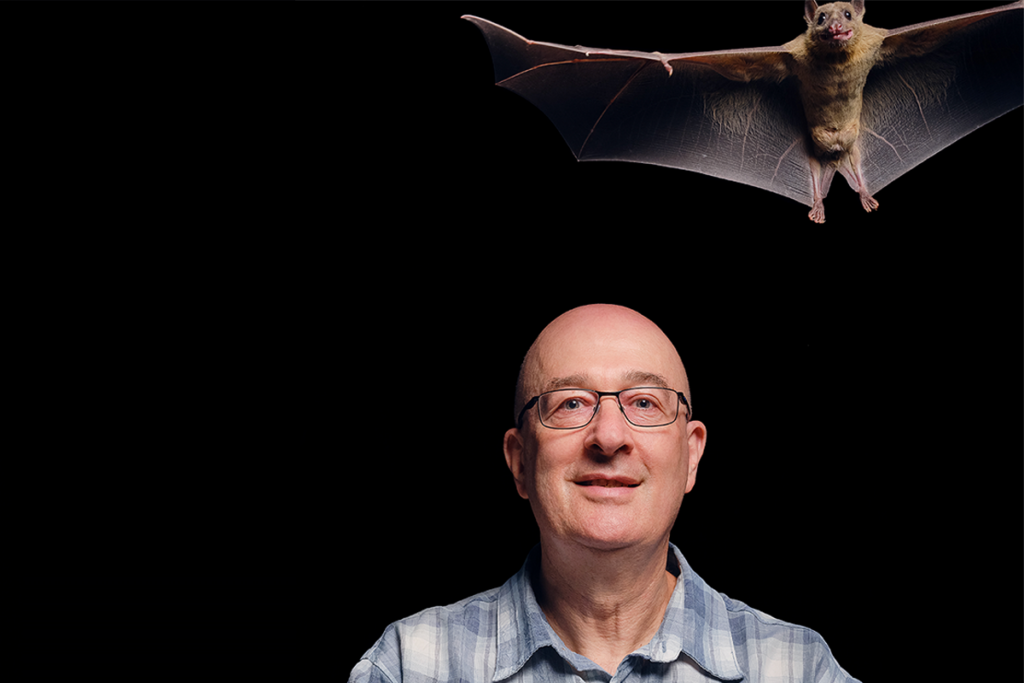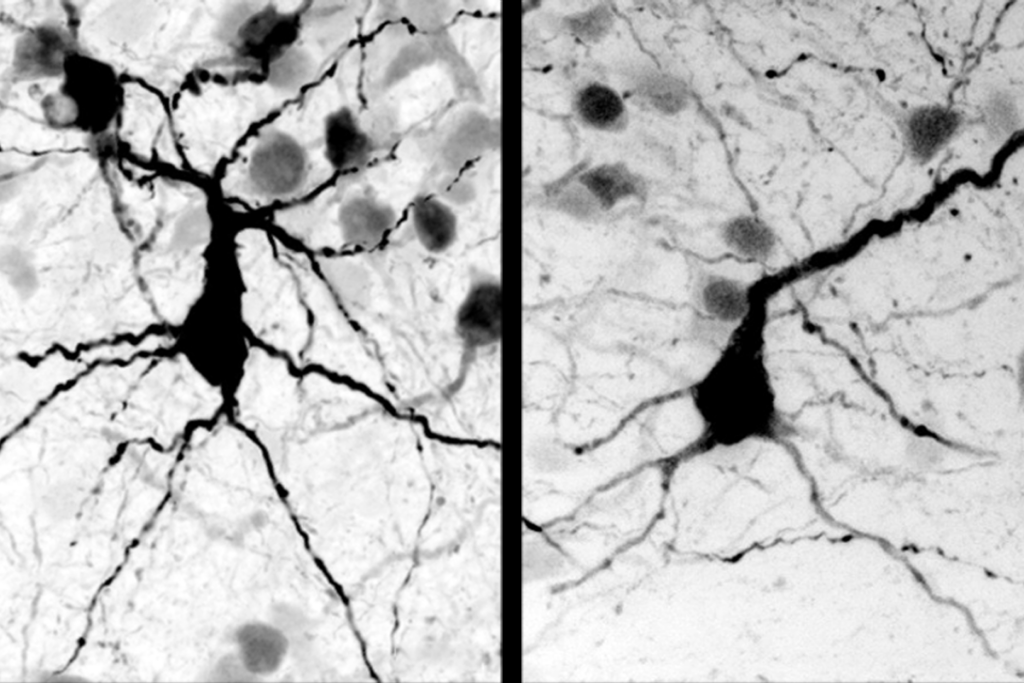- Rats with heterozygous SYNGAP1 variants—in which the calcium-binding and GTPase-activating protein domains are deleted—display seizures and reduced exploratory behaviors, similar to animals with haploinsufficiency of the entire SYNGAP1 gene. Spectrum has previously reported on proposed mechanisms to explain traits associated with SYNGAP1 variants. Cell Reports
- Methods that use CRISPR technology to upregulate genes may depend on cell-specific regulatory elements, the target genes and the guide RNA molecules. Nature Communications
- The autism-linked gene TRIO alters migration of interneurons and the foundation of cortical inhibition. Spectrum has reported on the range of clinical effects of TRIO variants in people. Molecular Psychiatry
CRISPR upregulation of genes; interneuron migration; maternal COVID-19 exposure
Here is a roundup of autism-related news and research spotted around the web for the week of 30 September.
By
Jill Adams
1 October 2024 | 2 min read

Slow motion: Interneurons missing the autism-linked gene TRIO (right panel), cultured from mouse embryos, migrate shorter distances than control neurons (left panel).
- The prevalence of autism in women incarcerated in female prisons in England is 13.7 times higher than that in the general population. Spectrum has previously covered autism in prisons. Autism
- Sleep issues and aggression interact with many aspects of psychological, behavioral and medical conditions, according to a network analysis of links among autism traits. Autism Research
- Maternal exposure to COVID-19 during pregnancy does not increase the likelihood of autism in babies, according to an analysis of births at a New York City hospital. Spectrum has previously covered concerns that the pandemic might lead to an increase in autism. JAMA Network Open
tags:
Recommended reading

New organoid atlas unveils four neurodevelopmental signatures
By
Diana Kwon
17 December 2025 | 4 min read
Explore more from The Transmitter

The Transmitter’s most-read neuroscience book excerpts of 2025
By
The Transmitter
24 December 2025 | 2 min read

Neuroscience’s leaders, legacies and rising stars of 2025
By
The Transmitter
24 December 2025 | 2 min read

The Transmitter’s top news articles of 2025
By
The Transmitter
24 December 2025 | 3 min read
Cite this article:

